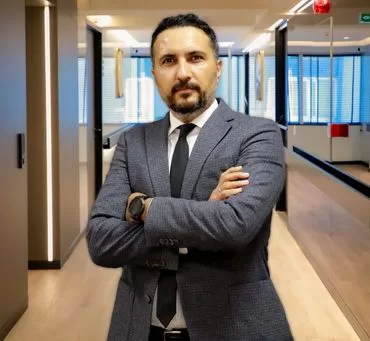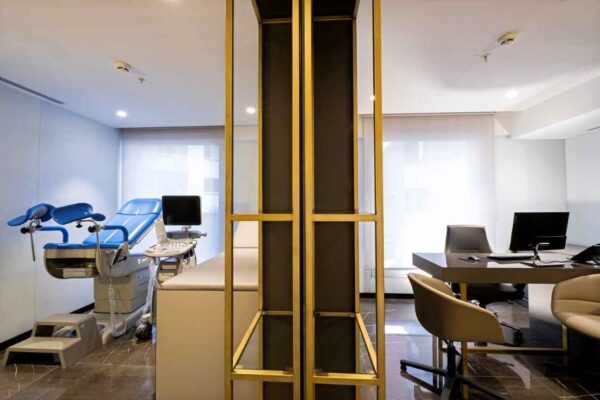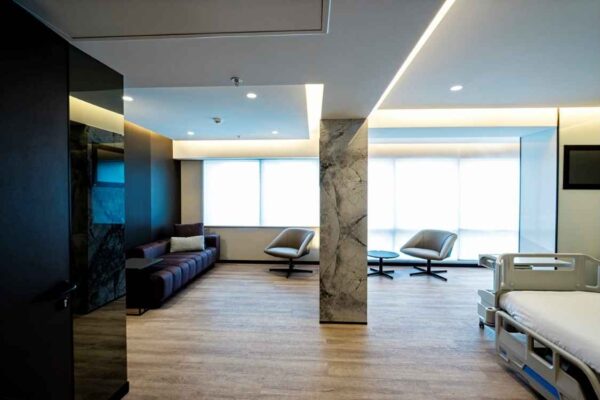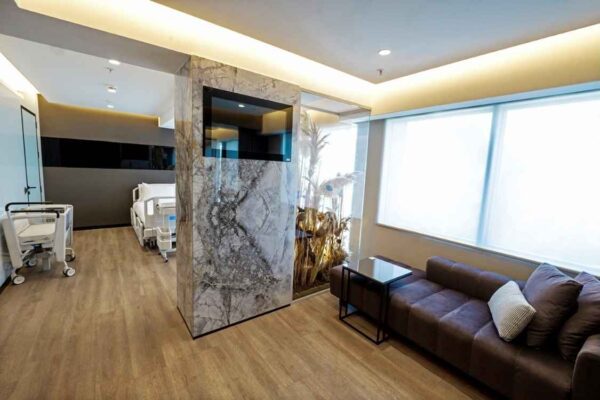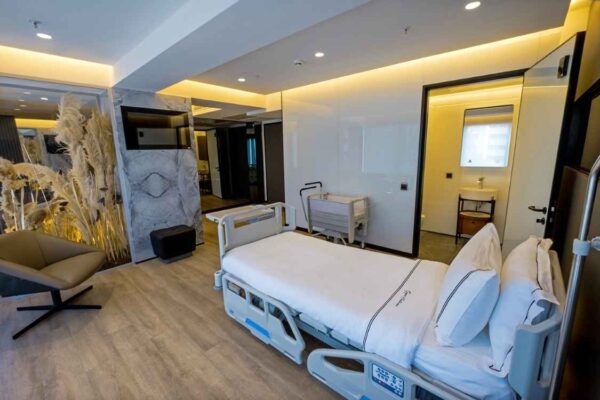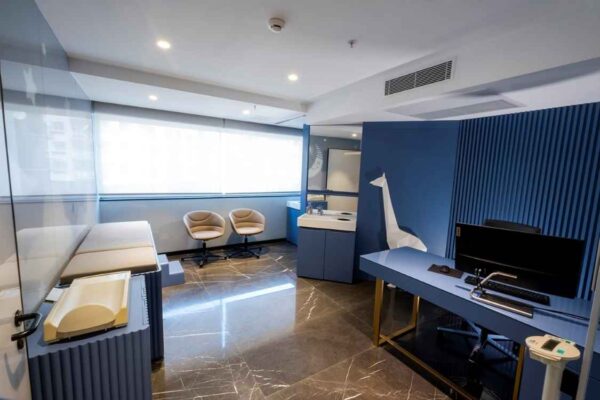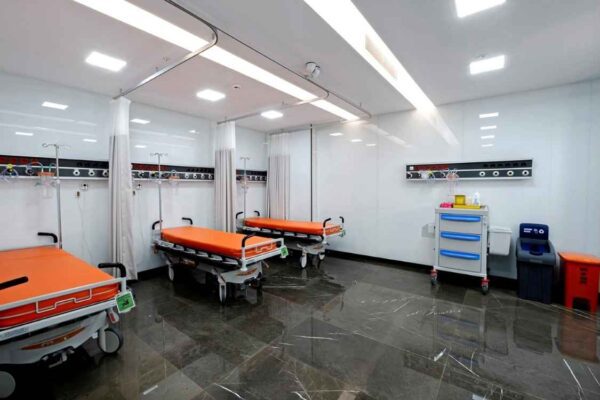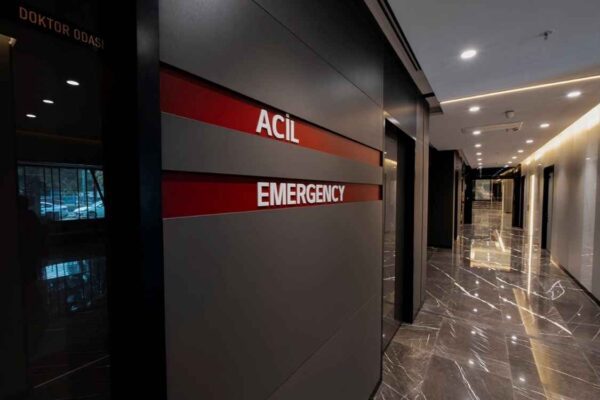Penis enlargement, commonly referred to as penile augmentation or phalloplasty, is a cosmetic procedure that has received a lot of attention lately. Although both psychological and cosmetic considerations might contribute to the desire for a larger penis, it is important for those thinking about undergoing this treatment to have reasonable expectations and be aware of its limitations.
It is important to remember that penile augmentation surgery typically targets flaccid size rather than erect size improvement. The length of the erect remains unpredictable after surgery due to variables including individual anatomy and the physical limitations of penile tissue.
A man may want to have surgery to expand his penis for a variety of reasons. Body dysmorphia, a condition where a person believes their penis is smaller than it actually is, can make some people feel inadequate. Others might get the surgery to improve their appearance, their sexual confidence, or their overall self-esteem.
How is Penis Enlargement Performed?
In order to provide excellent results, penis enlargement surgery is a highly specialized process that demands skill and accuracy. The surgical methods used are intended to address particular facets of penile augmentation. Here is a more thorough explanation of each technique:
- Penile Lengthening: This procedure aims to lengthen the penis, especially while it is flaccid. The suspensory ligament that connects the penis to the pubic bone is severed by the surgeon during the procedure through an incision made at the base of the penis. This ligament’s release causes more of the penile shaft to be seen, which lengthens the penis when it’s not in an upright position. The length of the penis when it is erect is not greatly affected by this approach, it is crucial to realize this. To produce a more proportionate and harmonic effect, the surgical process for lengthening is sometimes combined with additional methods, such as girth enlargement.
- Penile Girth Enhancement: Enhancing the circumference of the penile shaft aims to improve both the flaccid and erect looks of the penile organ. One method uses autologous fat transfer, which entails taking fat by liposuction from the patient’s body, processing it, and then injecting it into the penile shaft. This method gives the penis more thickness and volume, giving it a broader appearance. Dermal fillers are another short-term technique for girth enlargement and are injected into the penile shaft. Although the results are visible right away, they are not long-lasting, so routine touch-ups can be needed.
- Penile Implants: Penile implants could be a good alternative for people looking for a long-term cure for erectile dysfunction and increased sexual function. Medical equipment is surgically implanted inside the penis to create penile implants. Inflatable and non-inflatable penile implants are the two main varieties. Two inflatable cylinders put in the penis, a fluid reservoir in the abdomen, and a pump in the scrotum make up inflatable implants. The patient can manually start the pump when they want an erection, which will fill the cylinders with fluid and cause an erection. Non-inflatable implants, also referred to as semi-rigid rods, are solid rods that maintain a semi-erect position.
What Should Be Considered After Penis Enlargement?
Patients who have had penis enlargement surgery must adhere to certain post-operative instructions in order to recover well and get good outcomes. Among the most crucial factors are:
- Recovery Period: It’s important to give the surgical site plenty of time to heal and to avoid engaging in any rigorous activity.
- Sexual Activity: Patients are advised to refrain from engaging in sexual activity until their surgeon gives the all-clear. Sexual activity too soon after surgery could compromise the recovery.
- Managing Discomfort: Swelling and discomfort are common side effects of surgery. The surgeon’s prescription painkillers can assist control discomfort following surgery.
- Follow-up Appointments: It’s important to schedule frequent follow-up consultations with the surgeon to track the healing process and handle any issues or queries that may come up.
FAQs
Depending on the clinic or physician, there may be several payment alternatives available for penis enlargement surgery in Turkey. Numerous respectable clinics provide a variety of payment choices, including cash payments, bank transfers, and credit card payments. During their initial visit, patients are recommended to ask about the accepted payment methods and any accessible financing options.
In general, penis enlargement surgery is seen as an elective cosmetic procedure and is not insured. Insurance policies often cover procedures carried out for aesthetic reasons but do not cover those that are medically required.
Due to a number of circumstances, penis enlargement surgery in Turkey might be less expensive than in certain other nations. Because of Turkey’s lower cost of living and lower operational costs for healthcare facilities, patients may pay less overall. The Turkish cosmetic surgery business is highly competitive, which could result in more affordable prices.
Financing alternatives may be provided by some Turkish clinics or medical tourism organizations to help patients pay for penile enlargement surgery. This could take the shape of finance arrangements, medical loans, or payment plans. Prospective patients should ask their preferred clinic about the terms and circumstances of any available funding alternatives.
Depending on the surgeon’s rules and the patient’s general state of health, there may be a range of age restrictions for penis enlargement procedures in Turkey. Candidates for the surgery should typically be at least 18 years old, and the surgeon will decide their eligibility following a careful examination.
Penis enlargement surgery has possible dangers and problems, just like any surgical operation. However, problems are comparatively uncommon when carried out by a qualified and experienced surgeon. By carefully following pre- and post-operative instructions and selecting a respected and experienced surgeon, patients can lower the likelihood of unfavorable results.
Although penile augmentation surgery is mostly risk-free, all surgical procedures have possible downsides. Infection, hemorrhage, scars, and dissatisfaction with the outcomes are a few of the potential consequences. Before making a decision, patients must have a full discussion with their physician about the procedure’s advantages and disadvantages.
Our Team
Our Hospital
Atilla, Halide Edip Adıvar St.
No:57, 35270 Konak/İzmir




